
Measuring the limit of plasmonic near field enhancement
In plasmonics, the intense near-field enhancement always exists within the sub-nanometer gap (‘hot spots’) between adjacent metallic nanostructures. It has diverse applications in surface-enhanced spectroscopies, ultra-sensitive sensors, strong light-matter interactions, and broadband optoelectric devices. Despite more than five decades since the discovery of surface-enhanced Raman scattering (SERS), probing the ultimate limit of near-field enhancement remains a challenging endeavor, limited by several aspects: (i) the difficulty in fabricating a robust plasmonic geometry with the controllable narrow gap; (ii) the random position, number, and orientations of probe molecules; (iii) non-optimized excitation or collection conditions (laser wavelength, polarization, incident angle, etc.); (iv) fast oxidization or sulfurization and non-uniform morphology of silver (a best plasmonic metal) nanoparticles.
To overcome these limitations, the group from Wuhan university, China uses a silver nanocube with a better morphology control and ultra-smooth silver film to create a well-defined silver nanocavity, always called as nanocube-on-mirror (NCOM). An established ~1 nm nanogap can prevent the rapid decrease in near-field enhancement due to quantum mechanical effect, providing a huge near-field enhancement (Fig. 1). Two-dimensional atomic crystal (MoS2) as local field probe is inserted in ‘hot spots’ area, allowing to control the gap distance by its layer number, offering the well-orientated lattice vibrations, and free of the traditional troublesome of photobleaching or blinking effect. Besides, the excitation and collection conditions are optimized by the normal emission antenna mode from a known planar contact geometry and the plasmon-scanned technique, ensuring the maximum output of the far-field Raman scattering signals. The coated insulating layer of alumina onto silver nanocubes not only protects the silver nanocavity away from oxidization, sulfurization or deformation during the measurement process, but also gradually shifts the plasmon resonance to match with the excitation laser or the Raman emission wavelength.
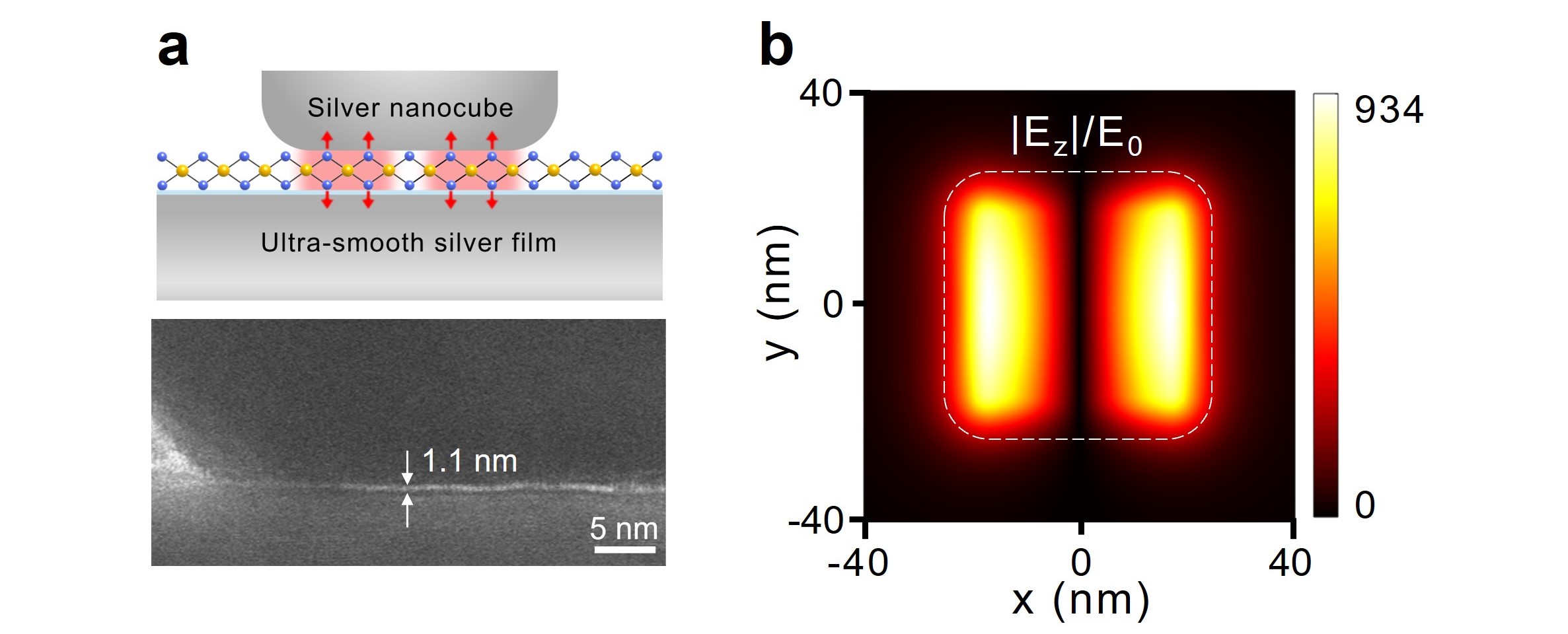
Figure 1 High-quality silver nanocavity. (a)Schematic of 1L-MoS2-NCOM (top), high-resolution transmission electron microscope image of the gap distance (bottom). (b)Simulated vertical near-field enhancement distribution.
In this configuration, the upper limit of SERS enhancement (4.27 × 1010 times) was unambiguously measured on single silver nanocavity, approaching the limit of the theoretical predictions. The corresponding near-field enhancement can be derived to be 1214 times when the plasmon resonance matches with the excited laser. It extrapolates to the highest near-field enhancement of 1644 times at the hottest position, representing the ultimate limit of near-field enhancement around plasmonic nanostructures before the onset of quantum effect (Fig. 2). Such measurement quantifies the upper limit of near field enhancement in the best plasmonic material in the visible or near infrared region and therefore quantifies the limit of many plasmon-enhanced processes.
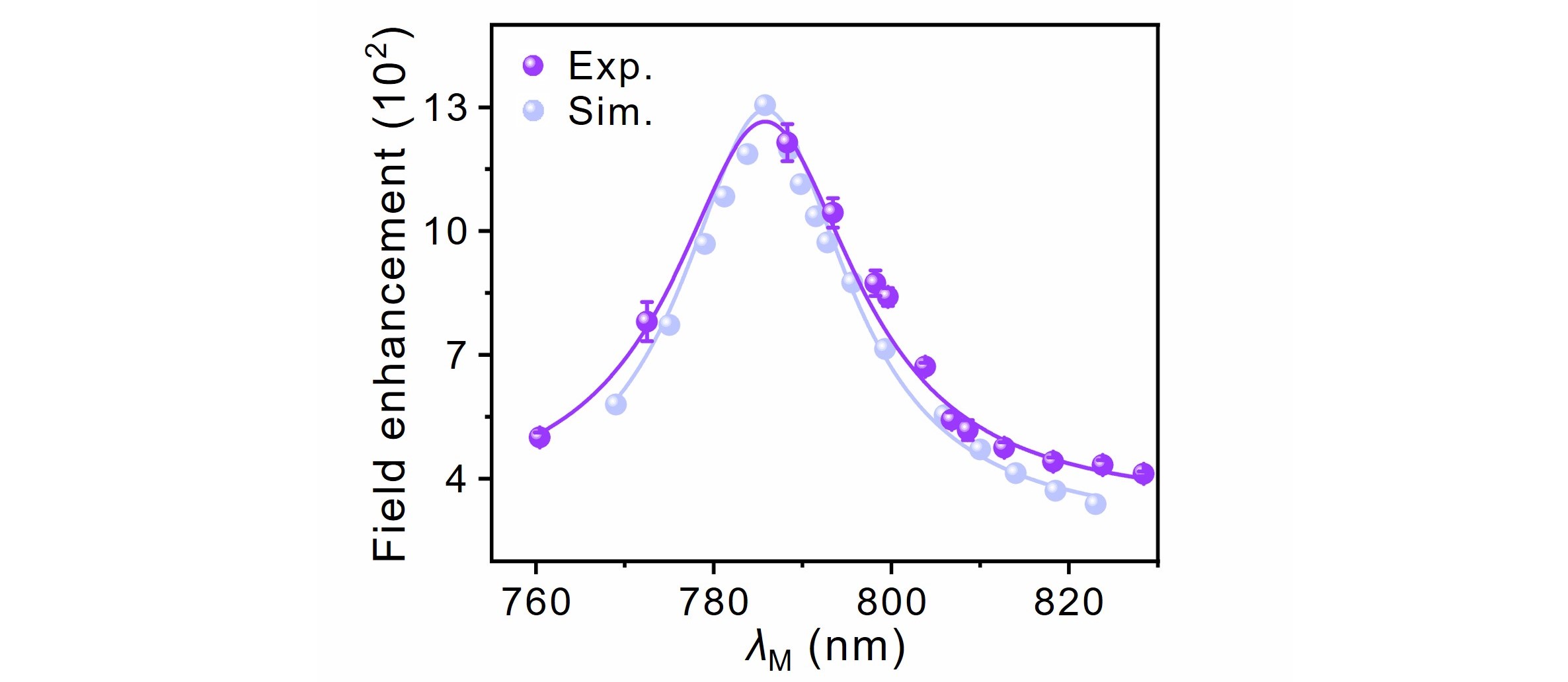
Figure 2 The ultimate limit of near-field enhancement. Experimental and simulated vertical near-field enhancement as a function of plasmon resonance wavelength.
For more information, please refer to our recent publication in Nature Communications, “Quantifying the ultimate limit of plasmonic near-field enhancement”. (https://doi.org/10.1038/s41467-024-53210-8)
Follow the Topic
-
Nature Communications

An open access, multidisciplinary journal dedicated to publishing high-quality research in all areas of the biological, health, physical, chemical and Earth sciences.
Related Collections
With Collections, you can get published faster and increase your visibility.
Women's Health
Publishing Model: Hybrid
Deadline: Ongoing
Advances in neurodegenerative diseases
Publishing Model: Hybrid
Deadline: Dec 24, 2025


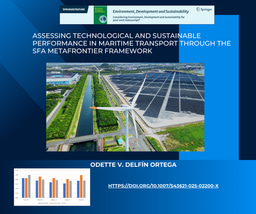
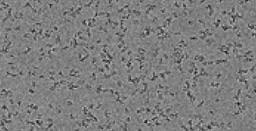
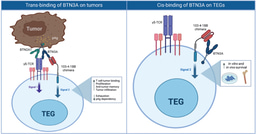

Please sign in or register for FREE
If you are a registered user on Research Communities by Springer Nature, please sign in